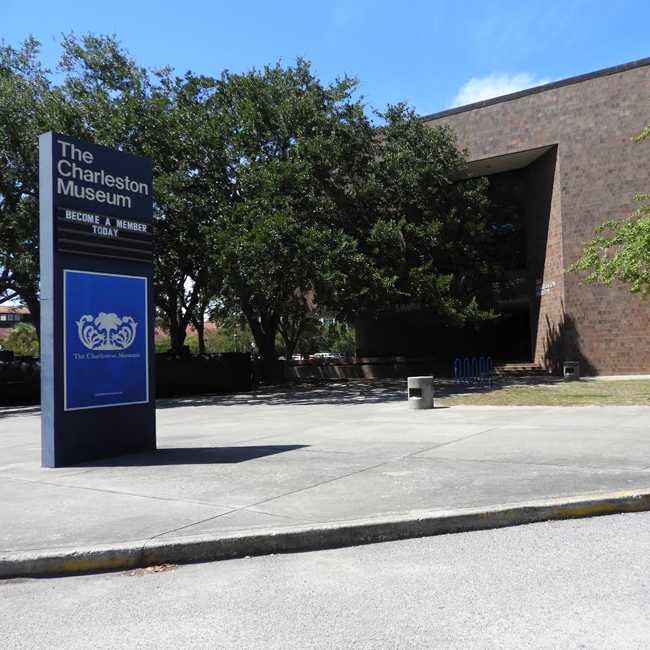
360 Meeting Street - The Charleston Museum
I visited The Charleston Museum recently at 360 Meeting Street; while I have been there several times, there are always new exhibits, and several of the permanent exhibits had changed. As I wrote last week, The Charleston Museum is the oldest in America, dating from 1773, and its collection is excellent.
On display are two of my favorites from childhood -- the Egyptian mummy and the whale skeleton.
I had forgotten about the taxidermied polar bear until I saw it again on my recent visit. Charleston and South Carolina have no ties to the polar bear, but as children we were fascinated with this huge exotic white bear with ferocious-looking teeth!
There is a Kidstory exhibit for children that is an interactive way to entertain while educating the young ones, especially on a rainy day. In the adjoining textiles exhibit are period clothes the children can dress up in.
The Bunting Natural History Gallery is an exceptional educational experience about the natural environment with specimens from the Lowcountry throughout the ages. After seeing the skeleton of the historic giant sloth, I am certainly relieved that this creature is extinct…
There is an excellent group of exhibits about Native Americans, early Charles Town and its settlers. If you’re interested in the walled city of Charles Town, a visit to these exhibits are a must. You can see four wood pilings from the half-moon battery and a part of the excavated seawall made of brick, all from 1696. Additionally, you can see a large piece of wood used in the 1704 entrance on the land side of the walled city.
You can follow Charles Town through the Revolutionary War and through the Civil War as you view other exhibits. There are exhibits dealing with two of the main crops exported from the port of Charles Town, Carolina Gold Rice and Sea Island Cotton. These exhibits and others tell the story of the enslaved African Americans that were brought to America through the port of Charles Town.
The Loeblein Gallery of Charleston Silver is a wealth of information about silver and its history, especially the silversmiths, male and female, who worked here. The collection itself is stunning and exquisitely displayed. This gallery holds special meaning for me; it was named after Chris Loeblein, a curator of the Charleston Museum for many years, and a close personal friend of mine who died in 2001. Charleston silver was his passion; he loved researching, discovering, purchasing pieces, building this collection and creating exhibits that delight the eye.
Museum hours are Monday through Saturday 9:00 a.m. – 5:00 p.m. and Sunday from 12:00 noon to 5:00 p.m. There is a fee, and you can visit www.charlestonmuseum.com for more information. Whether you’re 8 or 80 years old, the Charleston Museum is a treat!
Next week we continue to explore Charleston history through her structures.



